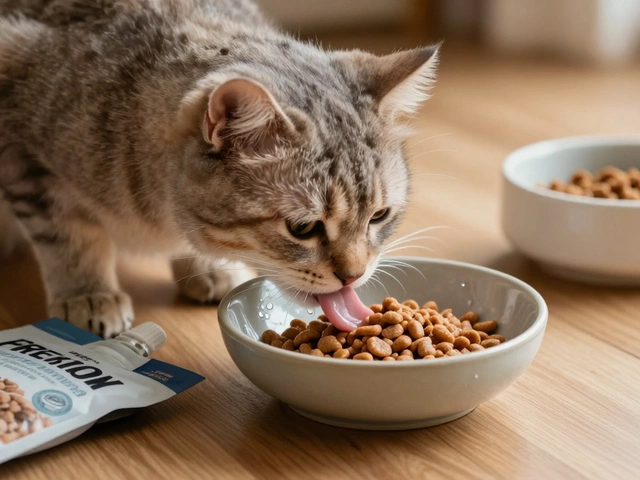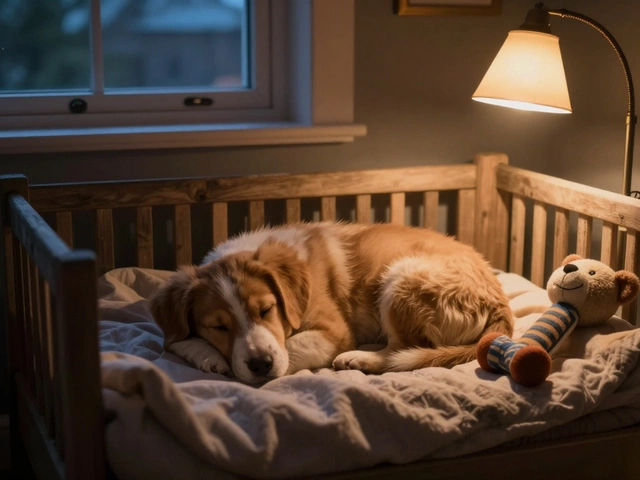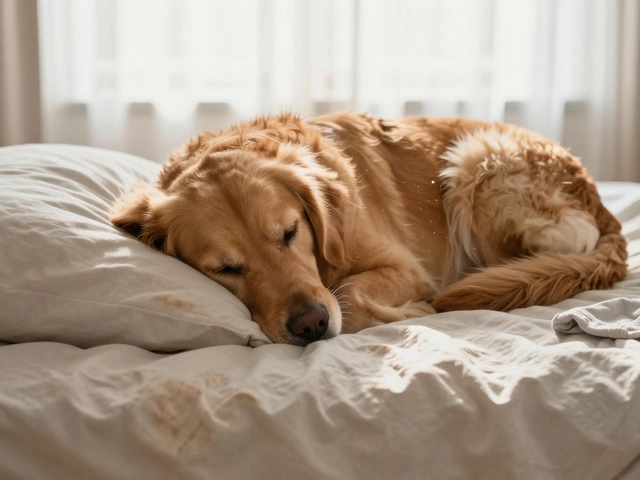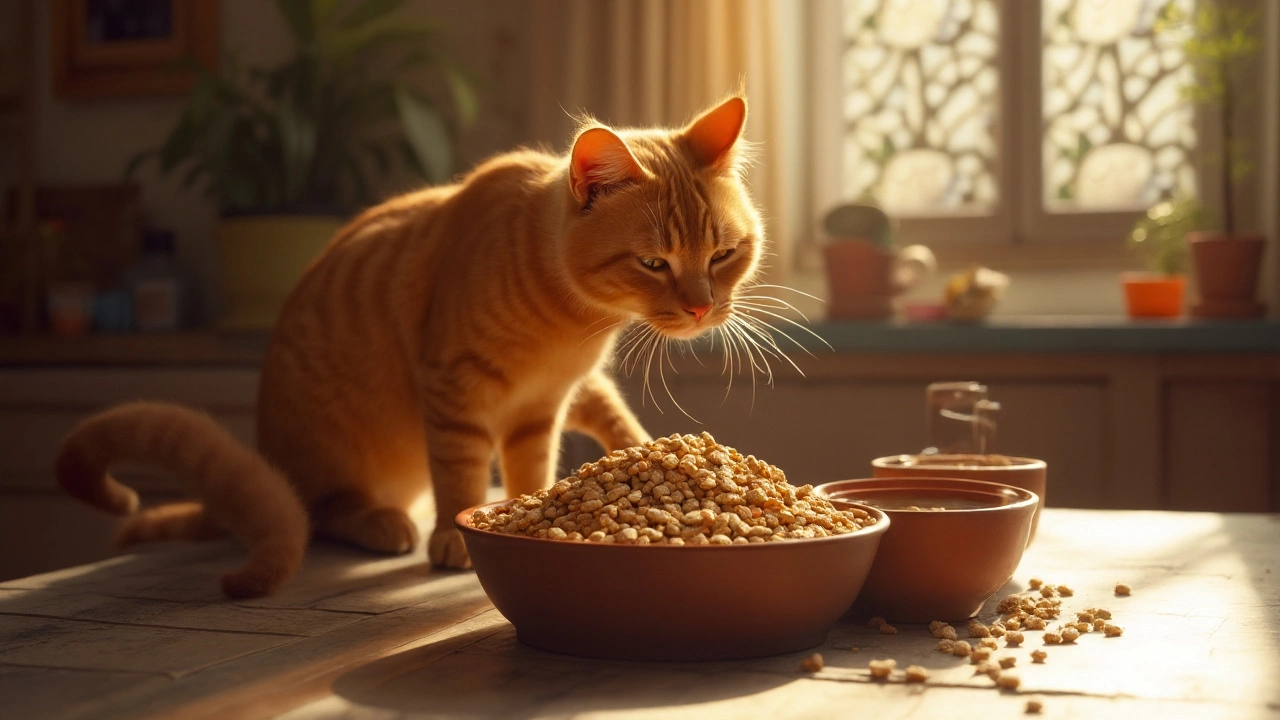
If dry cat food was as perfect as TV commercials claim, we’d all be saving money, vacuuming fewer crumbs, and our cats would be living to 35 scampering up the curtains. But it’s nowhere near that simple. The number one complaint in any cat forum? "He only eats kibble, and now he’s sick." Yet, the number one convenience for cat owners with nine-hour workdays and a mortgage? The scoop-and-pour magic of dry cat food. So what’s the truth for our little carnivores? Can cats actually live — and not just survive — on dry food alone?
The Science of Feline Nutrition: What Cats Really Need
Cats aren’t tiny dogs. They’re unique, obligate carnivores. That means, unlike us or our canine pals, they need meat in their diet to get essential nutrients. Taurine, arachidonic acid, vitamin A—these come only from animal tissue. If a cat doesn’t get enough of them, it can go downhill fast: think blindness, heart failure, and a dry, flaky mess for a coat. The Association of American Feed Control Officials (AAFCO) sets standards for nutrients in commercial cat foods, but there’s more to the story than what’s on a label.
The real kicker: in the wild, cats eat prey with a whopping average of 65%-75% moisture—think juicy mouse, not crunchy pellet. Dry food, by comparison, is usually around 10% water. That’s a chasm-wide difference. Adult domestic cats, having evolved in the desert, already have a low thirst drive. They don’t drink much water on their own, and their kidneys are built to concentrate urine. When you feed cats only dry food, you’re asking them to make up a massive moisture deficit with every bite. Here’s a fun fact: studies show even when cats have water available, they rarely drink enough to make up for the lack in dry food, leading to chronically low-level dehydration.
The other piece is carbs. Wild cats chow down maybe 2% carbs, while commercial dry foods can be 35%-50% carbs or more, mostly from fillers—corn, wheat, rice, or potatoes. Cats can digest some carbs, but it’s not natural for them. Too many and you might see obesity, diabetes, or urinary tract issues sneak up over time. The flip side: dry kibble is super convenient, doesn’t go bad fast, and it’s shaped to be crunchy, which some believe can scrape cat teeth (more on that later).
Let’s see a quick nutrition breakdown from AAFCO’s minimums versus an average dry food and wet food composition:
| AAFCO Minimums | Avg Dry Cat Food | Avg Wet Cat Food | |
|---|---|---|---|
| Protein (%) | 26 | 30-40 | 9-12 (but higher by wet weight!) |
| Fat (%) | 9 | 10-20 | 4-7 |
| Carbs (%) | not specified | 35-50 | 5-10 |
| Moisture (%) | — | 10-12 | 75-80 |
What jumps out is how dry food skews heavily toward carbs and away from the rich hydration found in a natural prey-based diet. In plain English: dry food tries to check all the boxes, but isn’t nailing what cats are built to eat.
Pros and Cons of a Dry Food Only Diet For Cats
If you ask a room full of veterinary nutritionists, you’ll get an orchestra of opinions about dry food. On the "pros" side, dry food wins for cost, convenience, and no smell (except maybe when your cat’s ransacking the bag). Leave a bowl out, and it doesn’t spoil fast. Free-feeding is painless. Kibble often packs extra vitamins and minerals, hitting all AAFCO’s boxes. Some kibble is even specially shaped or formulated for cats’ dental health, with big chunks meant to make them chew (though your cat’s more likely to swallow them whole).
- Convenience: No mess, easy to portion, can be left out for grazers.
- Affordability: Costs less per serving than canned food.
- Shelf life: Won’t spoil like wet food does.
- Some dental claims: Crunchy texture can help reduce some plaque, though evidence is weak.
But for every upside, there’s a catch. Here’s where the cons hit:
- Low moisture means dehydration: The biggest risk, especially for older or male cats prone to urinary issues.
- Carb overload: More carbohydrates than nature intended, upping risk for feline obesity and type 2 diabetes.
- Urinary tract health: Dry food leads to more concentrated urine, more struvite crystals, increased bladder stone risks—especially in males.
- Dental health is questionable: Research shows most cats don’t actually chew kibble much; it’s not as effective as brushing, and dry food doesn’t stop tartar build-up.
- Picky eaters: Once cats get used to the flavor enhancers sprayed on dry food, they sometimes refuse healthier alternatives.
- Lack of enrichment: Eating from a bowl is boring. Wild cats hunt, stalk, and rip apart their prey—kibble just doesn’t tap into their inner predator.
For certain cats, a dry food diet can be a time bomb. According to research from the late Dr. Debra Zoran at Texas A&M, cats on all-dry diets were more likely to experience lower urinary tract disease, especially if they didn’t drink enough water. That means more vet visits, more stress, and a much bigger bill.
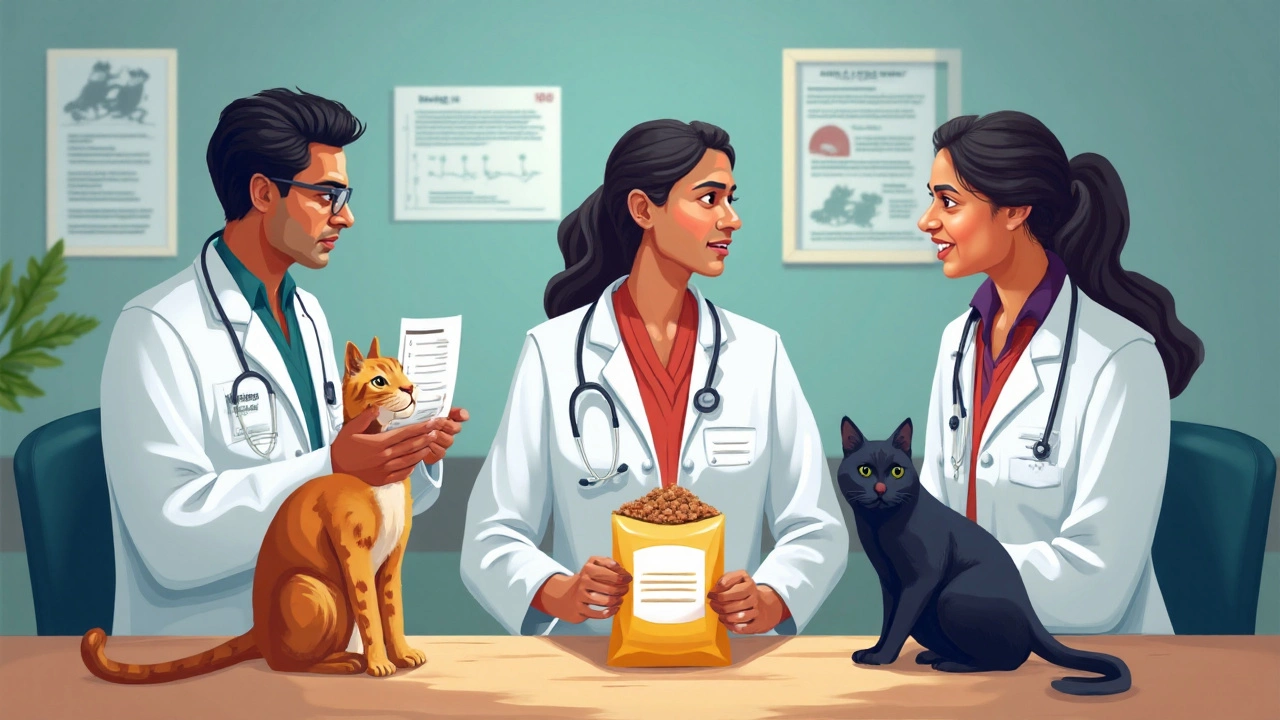
How All-Dry Diets Affect Cat Health Over Time
The debate isn’t just theory—it plays out in homes and vet clinics every day. You might have heard, cats in the wild rarely get kidney stones or diabetes. Yet these are two of the most common feline health problems in North America, where kibble makes up the majority of household cat meals. Coincidence? Most feline experts say it’s not a leap.
Young cats often seem to do great on dry food, at least at first. Their kidneys are strong, and their metabolism is fast. But after five or six years, that chronic low-level dehydration can wear things down. It isn’t dramatic, like fainting from hunger; it’s slow and sneaky. Cats may develop urinary crystals or blockage—a medical emergency, especially for males—or be suddenly diagnosed with chronic kidney disease, now the leading cause of death in older cats. One long-term study out of the UK tracked over 8,000 cats and found those fed mostly dry food had a higher chance of FLUTD (feline lower urinary tract disease) than wet-food eaters.
Obesity is another biggie. Dry food is dense in calories and easy to overfeed, especially in multi-cat homes where bowls are always topped up. Cats on dry-only diets are nearly twice as likely to become chubby, and feline diabetes is far more common among overweight cats (just ask any vet!). Even "indoor" formulas labeled as fat-busters can pack in too many carbs for a nap-loving housecat. If you’ve ever had a hungry cat nudge your hand at 5 a.m.—you’ll know that portion control with kibbles gets...complicated.
Dental health isn’t the slam dunk you might think. Yes, some special dental diets have bigger or textured pieces that make cats chew more, which may help reduce plaque. But there’s little evidence basic dry food does anything for teeth—a 2016 review in the Journal of Veterinary Dentistry found brushing was still about ten times more effective than kibble for fighting tartar. If a cat has dental disease or missing teeth, dry food can even be painful to eat.
Now, what about allergies or sensitive bellies? Some kibbles are loaded with artificial flavors, colors, or animal byproducts, which can trigger vomiting or itchy skin in sensitive cats. And there’s the boredom factor: more and more vets recommend rotating flavors or brands, or mixing in wet or raw foods, to help with fussy eaters and to keep cats mentally stimulated. Eating the same thing day in, day out, can dull appetite and create neophobia—the "my cat won’t eat anything else" problem that every cat parent dreads.
Practical Tips for Feeding Dry Food Safely
Alright, so you’re staring at a bag of dry food and your cat is looking at you like you owe him back rent. Let’s talk real tips to make dry food work, whether you use it alone or as part of a mixed diet.
- Pick quality over quantity: Read labels. Avoid brands that list corn, wheat, or soy as the main ingredients. Aim for a protein-first kibble with named meat ("chicken meal" over "animal byproduct").
- Watch for artificial stuff: Fewer dyes and flavor enhancers mean less risk for allergies and more natural taste.
- Keep portions measured: Use a cup, not your eye. Cats are masters of food-guilt trips, so don’t overfeed. Most adult cats only need around 250-300 calories per day, but check the bag and talk with your vet for your cat’s age, weight, and energy level.
- Add water wherever you can: Mix a splash of warm water or low-sodium broth into kibble. Some cats love the "gravy" effect and you help their hydration. Or, add wet food in at least one meal a day.
- Encourage more drinking: Running water entices cats more than stagnant bowls. Try a cat water fountain, switch up bowl locations, or offer ice cubes as treats.
- Dental care matters: Don’t rely on kibble alone. Brush your cat’s teeth, or use enzymatic dental chews or water additives approved by your vet.
- Rotate foods, if your cat allows: Gradual transitions between protein sources help avoid diet boredom and reduce the "stuck on kibble" trap.
- Watch the waistline: Weigh your cat every couple months (a simple digital scale works). If you can’t feel his ribs, it’s time to cut back.
Some cats will thrive on an all-dry diet, but for others it’s a daily struggle with hairballs, excess weight, or repeated UTIs. Your mileage may vary, but it pays to know the risks. If your cat is a super-picky eater or battles chronic health issues, make changes slowly and talk to a vet before switching things up. And don’t freak out if your friend’s cat lived to 22 on supermarket kibble—genetics plays a huge role, but you can stack the deck for your feline roommate.
A no-drama approach? Use dry food for what it does best: as an energy-dense, safe, and convenient base or backup, not the whole meal. Mix in wet or raw when you can, keep the water bowls fresh, and never let guilt—or Instagram—drive your choices. In the end, your cat doesn’t need a food bowl that says "Gourmet": just one that keeps them purring, playful, and healthy year after year.

